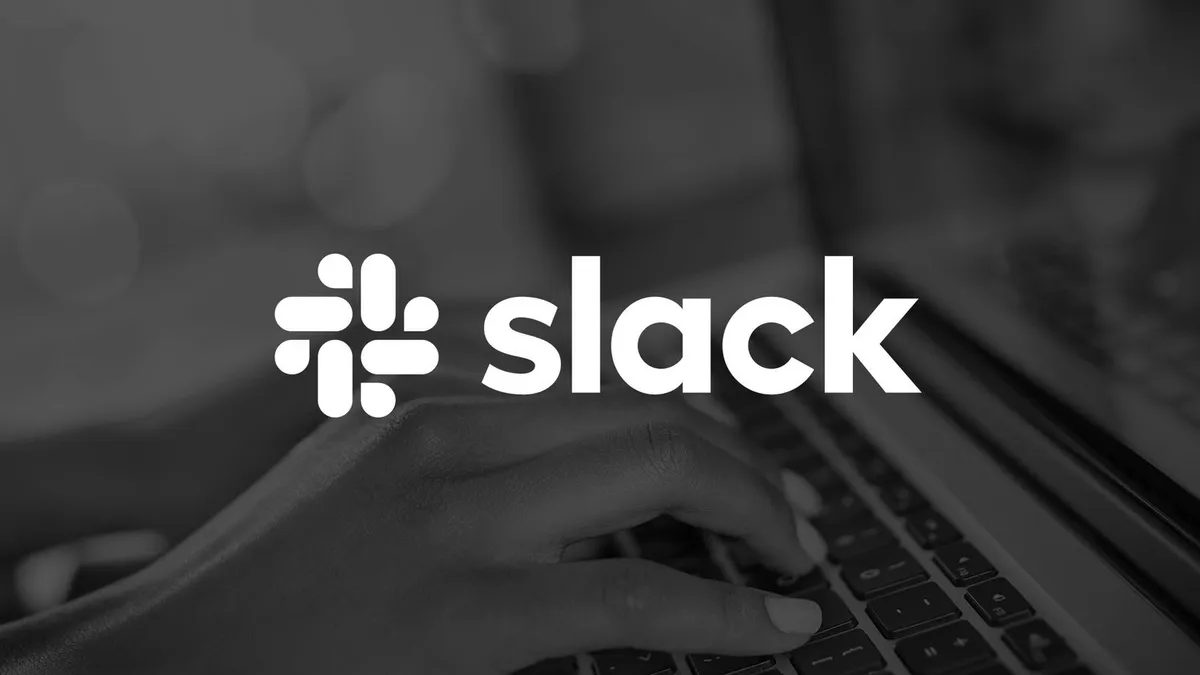Dive Brief:
- Between March 10 and March 25, Slack's "simultaneously connected users" jumped from 10 million to 12.5 million, according to CEO Stewart Butterfield in a string of tweets Wednesday. The company had just 1 million simultaneously connected users in October 2015.
- During Slack's earnings last week, the company revealed it added 7,000 paying customers between Feb. 1 and March 18. That number is now 9,000, an 80% increase "over full quarterly total for the preceding two quarters," a Slack spokesperson told CIO Dive.
- By earnings week last week, "returning teams," or the metric used to measure the growth of "newly-created teams," increased by 120% in Italy, 34% in Japan, and 33% in South Korea, according to the spokesperson. It was an indicator the "markets [bounced] back," said Butterfield, after "darkening clouds" of the new coronavirus outbreak.
Dive Insight:
While earnings were positive for the company — only its third report as a public company — Butterfield had to temper the company's internal celebrations given the circumstances of the coronavirus outbreak in the U.S.
Slack was in the process of remodeling its interface, more in tune with the everyday user. It was also adding more user-friendly functions. While the updates were long in the pipeline, the company was internally dealing with a changing economy and a volatile market.
Slack and other communication providers, including Microsoft Teams and Zoom are faring well on the market at present. Teams hit a milestone of 44 million daily active users, adding 12 million daily users between March 11 and 19.
Zoom's stock has doubled since the beginning of 2020 as it benefits from a mass shift to remote work. Between Feb. 24 and March 13, the video conferencing company had an 84% uptick in unique users.
The major players in the communications space are capitalizing on the current work environment — people's homes. Many vendors are offering free or extended services as companies adjust.
Butterfield's Twitter thread revealed at the beginning of the month, a CTO of "one of the world's biggest asset managers" told him they were signing a "wall-to-wall" contract with Slack. The CTO told Butterfield it would be the last major technology purchase for a while.
Nearly one-fifth of organizations have redesignated resources from IT projects to enable remote work. The trend will likely continue as a recession sweeps the U.S. While hiring and transformative projects are frozen, Slack is among the companies reaping the rewards, albeit with an air of hesitation.
"It's hard to say an otherwise normal CEO thing like 'the macroenvironment is creating significant tailwinds for the business,'" wrote Butterfield.
The company is cautiously optimistic but remains "reasonable" and "prudent" with investors. "But we literally have no idea what is going to happen and neither does anyone else, really," he said. In the meantime, Slack's active minutes on the communication platform have exceeded one billion during the workweek.












